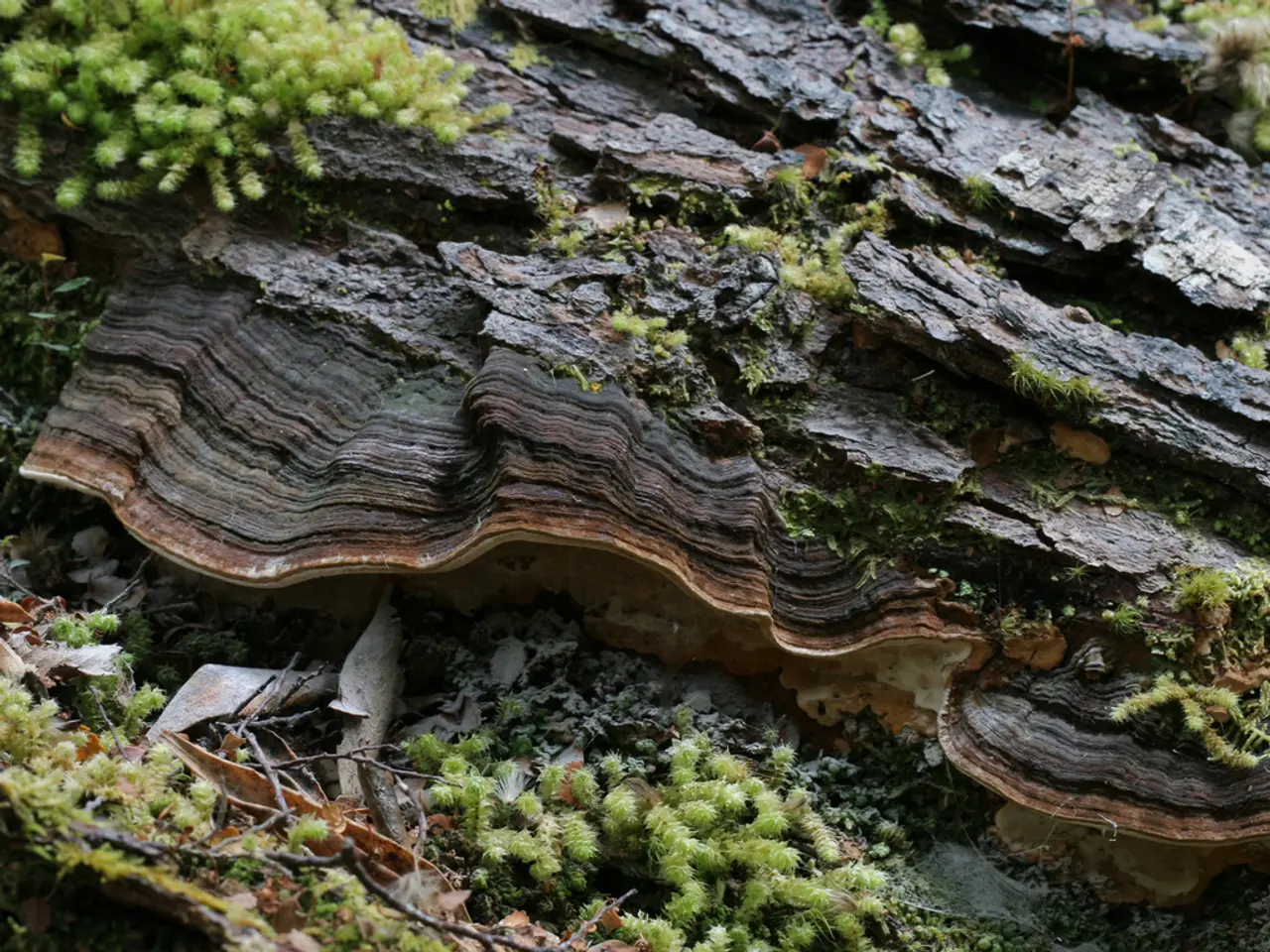Crafting Coniferous Bonsai: In-depth Techniques for Pines and Other Conifers
In the captivating world of bonsai, coniferous trees hold a special place, their deadwood features like Jin, Shari, and Uro adding a profound sense of character and history to compositions. This article will guide you through the best pruning techniques for shaping these trees, ensuring healthy growth and aesthetic form.
Pruning Techniques
The art of pruning coniferous bonsai involves a combination of timely pruning, careful cutting, and maintenance. Major pruning, performed in early spring when the tree is actively growing, shapes the structure, while refinement pruning in summer controls new growth and improves shape.
Use sharp, fine bonsai scissors or pruning shears to make clean cuts that do not crush the branches. Start by removing any growth that detracts from the design, such as overly vigorous shoots or branches growing in the wrong direction or crossing others. Cut back new shoots selectively to a bud or leaf node to encourage denser branching and better ramification. Remove old needles or foliage to keep the tree healthy and maintain the silhouette.
Clear out dead or unhealthy wood and thin crowded areas to allow light and air circulation. After pruning, wiring branches helps maintain the structure, but wires should be removed before they cause damage.
Species-Specific Approach
Species like Bald Cypress, a deciduous conifer, require slightly different approaches due to their water-loving nature. Major pruning is still done in spring, with refinement in summer, but keep the soil moist to ensure their health.
Branch Maintenance
Understanding the apical dominance of conifers allows for the creation of balanced and harmonious branching patterns. Selective pruning and thinning of branches enables the development of a layered, dimensional structure.
Lighting Requirements
Coniferous bonsai can tolerate low light conditions, but most species require bright, indirect light to thrive.
Seasonal Pruning
During winter, coniferous bonsai require less water due to reduced growth and lower temperatures. Pruning pines during dormancy focuses on removing dead or damaged branches. Pruning pines during spring encourages dense foliage and shorter needles, while summer pruning refines branch structure and maintains shape.
Wiring and Shaping
Wire coniferous branches in small sections, working gradually from the trunk outward to avoid overwhelming the branch. When wiring, observe the branch's response to bending to create subtle, organic curves. Remember to remove wires before they cause damage.
Pest and Disease Prevention
To prevent pests and diseases in coniferous bonsai, maintain good hygiene, inspect trees regularly, and use organic pest control methods.
Styling
Coniferous bonsai can be shaped into formal, informal, or semi-cascade styles. To create a harmonious fusion of natural and stylized elements, balance rugged and refined elements, play with texture and color, and emphasize movement and flow.
Caution with Pines
Conifers, particularly pines, have a tendency to develop strong, whip-like branches that can be prone to breaking if wired too aggressively.
In summary, the best pruning technique for coniferous bonsai is a combination of timely major pruning for structural shaping, ongoing maintenance pruning for refinement, and careful cutting with appropriate tools to promote healthy growth and aesthetic form.
When addressing the home-and-garden aspect, reflect on the lifestyle enhancement provided by gardening, especially in cultivating coniferous bonsai. The process involves not only the art of pruning but also nurturing these trees to flourish with curated branches and healthy foliage, thus contributing to your home-and-garden environment and lifestyle.
As you seek to improve the shape and growth of your coniferous bonsai, remember to use not only the best pruning techniques, like timely pruning and careful cutting, but also engaging in gardening activities, which, by extension, contributes to enhancing your home-and-garden lifestyle as well as enjoying the beauty of the home-and-garden-inspired art of bonsai.






